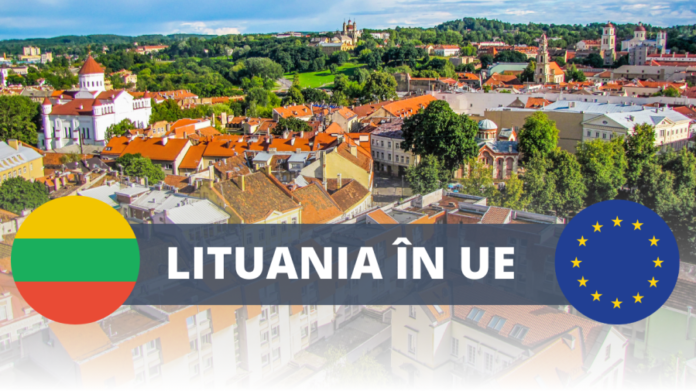With a population of almost 3 million, Lithuania is on the southeastern shore of the Baltic Sea, bordering Sweden and Denmark. On land, it borders Latvia to the north, Belarus to the east and south, and Poland to the south. The country, which joined the EU in 2004, has been among the EU’s fastest-growing economies.
Lithuania took its first step towards EU membership on 14 December 1990, when, together with Latvia and Estonia, it appealed to the European Economic Community (EEC) for political and economic help directly rather than through Moscow. On 11 May 1992, Lithuania signed the Trade and Economic Cooperation Agreement, which entered into force on 1 February 1993.
The country’s GDP, from €16.5 billion in 2004, has exploded to €66.8 billion in 2022. In 2004, citizens earned a monthly salary of around €400 monthly. Eighteen years later, the average gross salary was €1 700 monthly.
FOR THE MOST IMPORTANT NEWS, FOLLOW US ON TWITTER!
In foreign direct investment (FDI), Lithuania has shown that it can set a good example for other countries. It started with €3bn in 2004. In 2022, the index has risen to €25bn. All these economic advantages have increased people’s life expectancy. For men, from 66 in 2004 to 70 in 2022. For women, from 77 in 2004 to 81 in 2022.
Membership in the European Union has strengthened internal security, stimulated economic growth, reduced the risks of social contradictions in society, increased social stability, and strengthened democracy and internal cohesion in the country. Moreover, joining the EU represented a gesture of historical justice, as Lithuania returned to the family of Europe and the West, from which the USSR undeniably tore Lithuania in 1940.
This article is part of the “Moldova Chooses Europe” campaign launched by the REALITATEA Press Group, in which we tell the story of the path EU Member States have traveled in the European integration process and the economic growth recorded due to accession.


